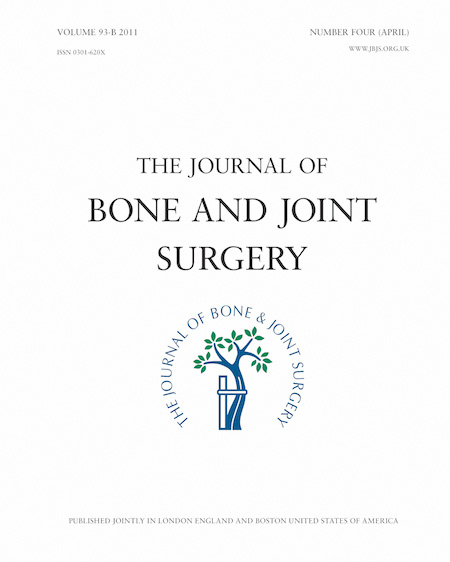
TRAUMA
Unstable distal radial fractures managed with external fixation require fewer reoperations
This report has been verified
by one or more authors of the
original publication.
J Bone Joint Surg Br. 2008 Sep;90(9):1214-21
88 patients with distal radius fracture were selected for surgical fixation. This group was randomized to be managed with either bridging external fixation with supplementary Kirschner-wire (K-Wire) fixation or volar locked plating with screws. The patients treated by volar plating had a significant early improvement in the range of movement of the wrist; this advantage diminished with time, and in absolute terms the difference in range of movement was clinically non-relevant. No clinically significant differences in the reductions was observed on radiographs. Both groups had comparable function at one year. No definitive advantage of either treatment could be established; however, fewer re-operations were required in the external fixation group.
Unlock the full ACE Report
You have access to {0} free articles per month.Click below to unlock and view this {1}
Unlock NowCritical appraisals of the latest, high-impact randomized controlled trials and systematic reviews in orthopaedics
Access to OrthoEvidence podcast content, including collaborations with the Journal of Bone and Joint Surgery, interviews with internationally recognized surgeons, and roundtable discussions on orthopaedic news and topics
Subscription to The Pulse, a twice-weekly evidence-based newsletter designed to help you make better clinical decisions
Exclusive access to original content articles, including in-house systematic reviews, and articles on health research methods and hot orthopaedic topics
Or upgrade today and gain access to all OrthoEvidence content for just $1.99 per week.
Already have an account? Log in


Subscribe to "The Pulse"
Evidence-Based Orthopaedics direct to your inbox.
{0} of {1} free articles
Become an OrthoEvidence Premium Member. Expand your perspective with high-quality evidence.
Upgrade Now













































































